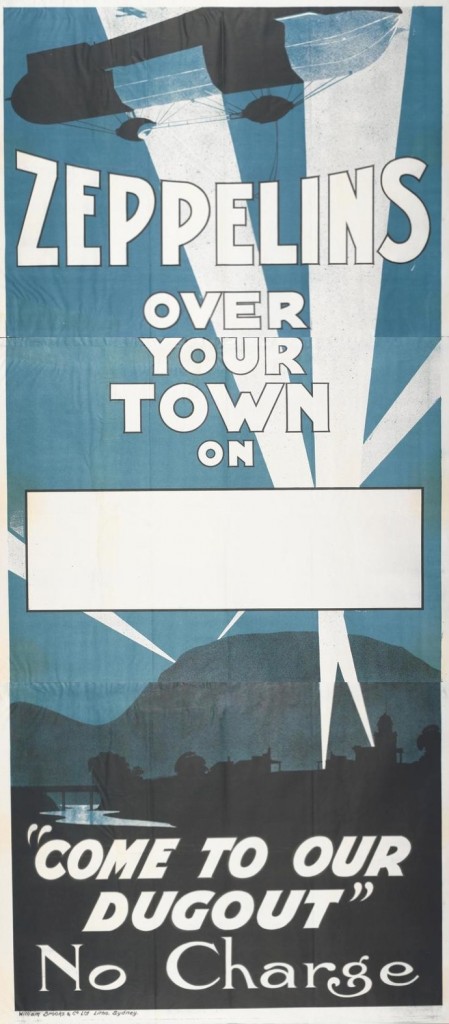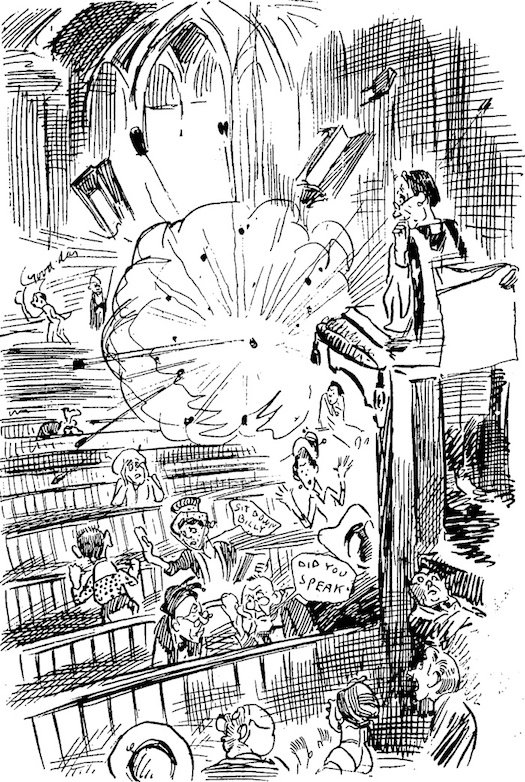The mystery aeroplane scare in New Zealand — V
I have previously outlined evidence from the New Zealand press for mystery aeroplane sightings in that country in 1918. I think it is clear that the reports, though not great in number, did amount to a scare. Apart from the claims themselves, and the associated talk of aerial or naval bombardment of New Zealand’s major […]



